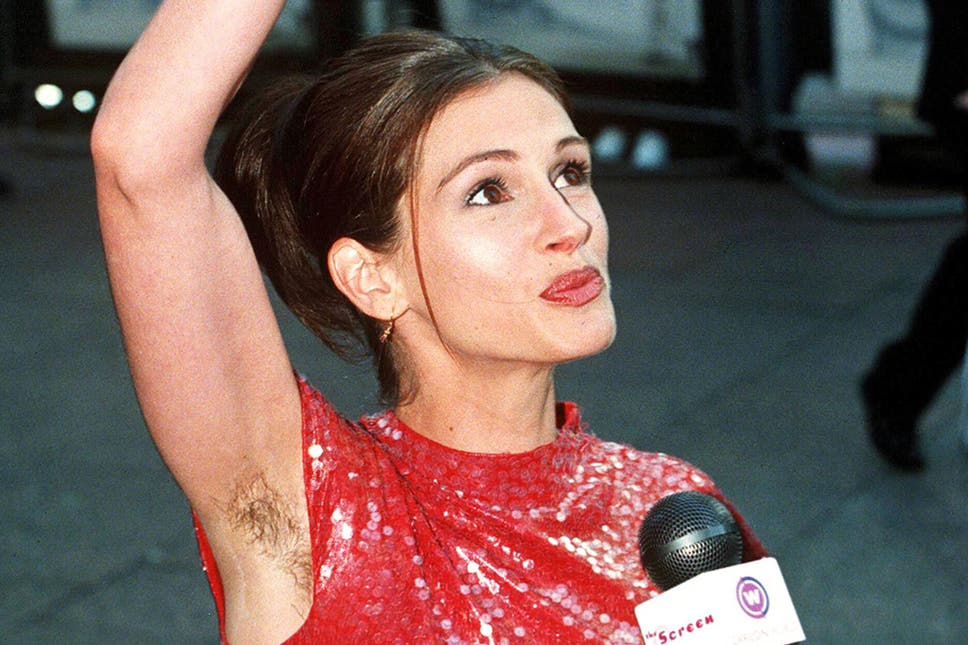Waxing Vs Sugaring? What’s the Difference? |

Hair removal has been a part of history for much longer than most expect assuming it’s only in recent history. It’s been practiced for 1000s of years in ancient cultures and the trend of no body hair comes and goes with societal beliefs at the given time. The most popular method for the longest of our modern time was shaving as it is easily accessible, user-friendly, and a generally quick process. It however became apparent that shaving didn’t work well for everyone causing razor burn/rashes, ingrown hairs, thick and itchy stubble, darker pigmentation, cuts, etc. People eventually realized removing the hair just at the surface of the skin wasn’t cutting it (no pun intended) and tried methods involving full removal and attacking the root.
Both are one of the many methods of hair removal from the root however one removes the hair in the direction it grows while the other removes it against. Why does it matter if it’s from the root you ask? Removing from the root is effective in the overall reduction of hair growth and thickness of hair. This happens because the follicle is damaged each time the hair is fully removed during its growth cycle and in response will become too weak to grow at all.
For starters, waxing gained popularity in the 1960s when women started looking for alternatives to shaving due to its efficiency and long-lasting results. It has many benefits including exfoliating the skin while also removing the hair from the root causing thinner hair growth, removing large areas of hair, and it lasts 4-6 weeks. Though it serves as a great alternative to the general surface hair removal methods like shaving or depilatory creams, it comes with some downsides. One is those with sensitive skin types are more susceptible to lifted skin, burns, bruising, etc. Waxing can also snap the hair in half instead of fully removing it depending on hair thickness and type of wax used causing ingrown hairs and bumps. The alternative to this is hard-wax which rather than being removed with a cloth strip, hardens as it cools around the hairs and removes as its own strip. This serves as a gentler waxing alternative and is popular to be used in intimate and sensitive areas.
Moving on, sugaring is 1000s of years old, evidently practiced in ancient Egyptian, Roman, and Indian cultures, and only uses 3 ingredients lemon, water, and sugar cooked to a paste. Due to its lack of complex ingredients and ability to easily dissolve it is considered more environmentally friendly and a vegan alternative to regular wax. It also gently exfoliates the skin as it never fully adheres to the skin the same way wax does making it more suitable for all skin types. Burns during hair removal is a thing of the past with sugaring due to it only needing to be room temperature to maneuver. Sugaring tends to wrap around the hair in the follicle and is removed with the direction of hair growth lowering the risk of ingrown hairs. With these benefits in mind, it can easily become a preferred method to waxing but the pros and cons vary from person to person. Sugaring, though a gentler alternative causes discomfort during application as it can tug and pull the hair while being molded in the opposite direction of growth. It can also bruise or injure the skin if it is in contact with too much moisture during the treatment as it begins to dissolve if exposed to water. Fortunately, this can all be avoided by seeing your local sugaring professional.
All in all, these are really only a few of the many technologies we have discovered today to help with hair reduction. Having so many options may seem overwhelming, but it also means there is a treatment that’ll suit the needs of almost everyone. Body hair is optional but excessive discomfort if you choose to remove it doesn’t have to be, see a professional near you to be smooth with as little pain as possible and if one method doesn’t work for you, there will be another out there!